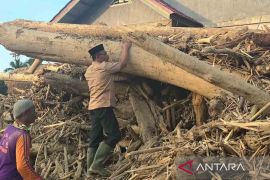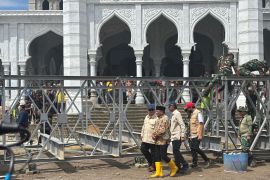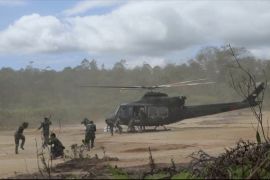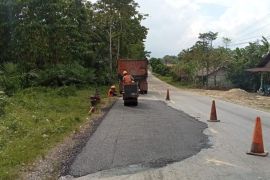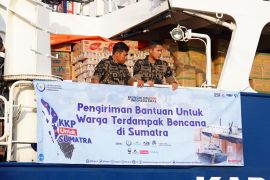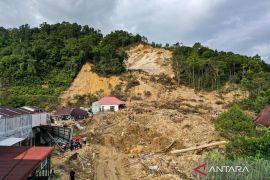Vice President for Public and Government Affairs of ExxonMobil Indonesia Erwin Maryoto said here on Friday, the license for analysis on environmental impact (Amdal) is still in the process.
"We are still processing the Amdal. We want it to be wrapped as soon as possible but we have to go through process," Erwin said.
Increasing the oil production from the Banyu Urip oil field is designed to reach the countrys oil lifting target of 815,000 barrels per day as set in the 2017 state budget.
The lifting target is lower than the lifting target of 820,000 barrels per day for 2016 . In November, 2016, the lifting target was already overshot with daily production of 822,000 barrels.
The Special Unit of Upstream Oil and Gas (SKK Migas) attributed the higher than target output to the Banyu Urip oil field, after train B came on line at full capacity of 185,000 barrels per day as from January, 2016.
More than 15 years after ExxonMobil discovered the Banyu Urip oil field, Indonesia is finally reaping the benefits from it as crude production from the field moves closer to peak levels, prompting the country to launch exports of the low sulfur grade to key Asian markets.
However, despite the start of exports, analysts expect a larger proportion of the Banyu Urip crude -- which now accounts for about 20 percent of the countrys overall crude production -- will likely go into domestic use, and help reduce reliance on imports, than will be exported.
Pertamina would likely to have increased intake of crude from the Banyu Urip field into the nearby Cilacap and Balongan refineries to cut down imports,a report quoted Den Syahril, senior oil analyst at Facts Global Energy, as saying.
The largest contributors to the countrys oil lifting were the Rokan Block, Pertamina EP, Mahakam Block, and Offshore Northwest Java (ONWJ).
Five largest gas blocks are Mahakam, Berau, Pertamina EP, Corridor, and Senoro-Toili.(*)
Editor: Heru Purwanto
Copyright © ANTARA 2017



